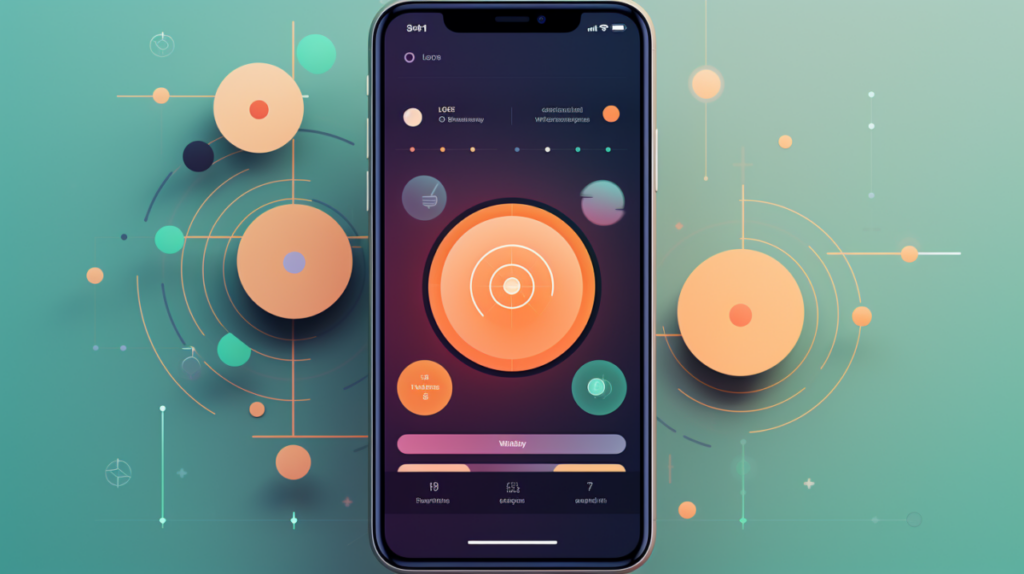
Let’s face it—AI is everywhere now. From blog posts to product descriptions, artificial intelligence is pumping out words faster than ever. But there’s a big difference between content written by a machine and content that feels like it was written for a human. That’s where the idea of “AI to human“ content comes in.
In this guide, we’ll break down how to transform robotic, dull AI content into vibrant, relatable human writing that people actually want to read.
What Does “AI to Human” Really Mean?
The Explosion of AI-Generated Content
With tools like ChatGPT, Jasper, and Writesonic, it’s never been easier to create thousands of words in seconds. But what’s fast isn’t always fantastic. AI can write a lot, but it often lacks heart.
Why Humanizing AI Content is Essential
You want your audience to feel something when they read your words. Trust, humor, empathy—these are things AI struggles to deliver naturally. That’s why turning AI to human is more than a trend—it’s a necessity.
How to Identify AI-Generated Text
Robotic Language and Repetition
AI content often follows a strict structure and repeats phrases unnecessarily. It may sound too polished or too neutral—missing the unique quirks that make writing feel alive.
Lack of Emotion or Personal Experience
AI doesn’t have memories or emotions. So, its writing tends to miss personal stories, emotional depth, or cultural nuance.

Reasons for Converting AI to Human
Evading AI Content Detectors
Tools like GPTZero and Originality.ai can spot AI-written content easily. To avoid penalties—especially in schools or SEO—people humanize AI text.
Building Trust With Your Audience
Nobody likes to feel like they’re reading something fake. Transforming AI to human builds credibility and shows you care about what you’re saying.
Improving SEO and User Engagement
Google prefers original, high-quality content. Humanized writing helps your page rank better and keeps users on your site longer.
How to Make AI to Human Text Sound
Rewrite with Emotion and Tone
Add feeling to your sentences. Whether it’s humor, frustration, or excitement—emotion creates connection.
Add Personal Insights and Stories
Include personal anecdotes, real-life examples, or opinions. That’s what makes content feel human.
Use Conversational Language
Talk like you’re chatting with a friend. Use contractions, simple phrases, and a natural tone.
Break the Rules (Sometimes)
Start with “And”? Use sentence fragments? Sure, if it makes your writing feel real. Human writing isn’t always grammatically perfect—and that’s okay.

Best Practices for AI to Human Conversion
Know Who You’re Writing For
Understanding your audience helps you tailor tone, humor, and word choice. Writing for teens? Keep it chill. Writing for pros? Stay sharp and informative.
Blend AI Efficiency With Human Creativity
AI can give you a strong starting point. Your job is to bring the spark—creativity, clarity, and personality.
Proofread Like a Human, Not a Bot
Reading aloud is a game changer. You’ll catch awkward phrasing or overly formal language quickly.
Top Tools for Turning AI to Human Content
Grammarly & Hemingway App
Both help clean up your text while improving flow, clarity, and tone.
AI Humanizer Platforms
Tools like Humanizer Pro or Quillbot are designed to tweak AI content and make it sound more natural.
Manual Rewriting Techniques
Old-fashioned rewriting still works best. Combine AI drafts with your personal touch for content that truly stands out.
Real-Life Applications
Bloggers & Content Creators
AI saves time, but the real magic comes when writers customize that content with personal stories and unique voices.
Academic and Student Use
Some students use AI to brainstorm. But turning that draft into something reflective of their learning is key.
Business and Brand Messaging
AI can outline a campaign, but only a human writer can inject brand personality and connect with the target audience emotionally.

The Future of “AI to Human” Writing
As AI keeps getting smarter, it’s tempting to rely on it entirely. But the most successful writers and marketers will be the ones who blend AI’s power with human creativity. It’s not about humans vs. machines—it’s about using both wisely.
AI can write, but only you can make content feel truly human. Whether you’re a blogger, student, or business owner, mastering the art of turning AI to human content is a game-changer. Add emotion, share your voice, and create content that actually resonates with people. Because at the end of the day, we don’t just read to understand—we read to feel.
FAQs About The AI to Human Contents
What does “AI to human” content mean?
It refers to editing or rewriting AI-generated text to make it sound like it was written by a real person, with emotion and natural tone.
Why should I convert AI content to human-sounding text?
To improve trust, boost SEO, and create more engaging, authentic content that resonates with readers.
Can AI-generated content be detected?
Yes, many tools can detect it. Humanizing the text reduces the risk of detection and makes it more effective.
What’s the best way to humanize AI content?
Add personal insights, use conversational language, break grammar rules when needed, and inject emotion and personality.
Are there tools to help turn AI to human content?
Yes, tools like Grammarly, Quillbot, and Humanizer Pro can assist, but your personal touch is what truly makes it human.







